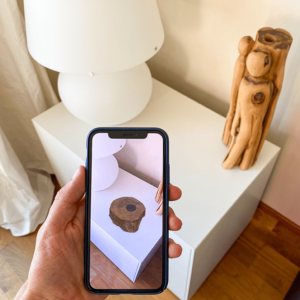VR, AR, XR, RM… Do you know what technologies are behind these acronyms and how to distinguish them?
VR, AR, XR, MR: definition of these technologies mixing reality and virtuality
With more and more innovative and breathtaking experiences, the boundary between the virtual and real worlds is becoming increasingly narrow.
However, the difference between Virtual Reality (VR) and Augmented Reality (AR) is not always easy to understand. Here are some explanations:
- Virtual reality (VR) allows you to be completely immersed in a new world. The user can no longer see the reality around him, and his reference points no longer exist.
- Augmented reality (AR) consists of adding virtual elements to a real environment.
- Mixed reality (MR) combines the two previous technologies. Thus, the user can, while playing a virtual video game, integrate and use an object from his real environment and vice versa.
- Lastly, extended reality (XR) groups together all these technologies that alter reality by means of a technology. XR is the term commonly used to group VR, AR and MR.
Each of these fascinating technologies is now available to almost everyone.


The evolution of usages
After having conquered the world of video games, virtual reality now integrates several fields:
- Health: for surgical simulations, for example.
- Tourism and culture: use for visits to an art museum, or a region of the world while staying at home.
- Sports: the possibility of following training programmes for professional and amateur athletes.
- Training: The scenery and immersion offered by virtual reality enables the conditions of a working environment to be simulated in a very realistic way. The link between theory and practice is therefore established more easily and saves precious time in training.
This evolution of usages generates the creation of new professions and sets new technological challenges to which future graduates interested in these specialties will be able to respond.